Lesson 3:
Ukrainian Bandura in Canada
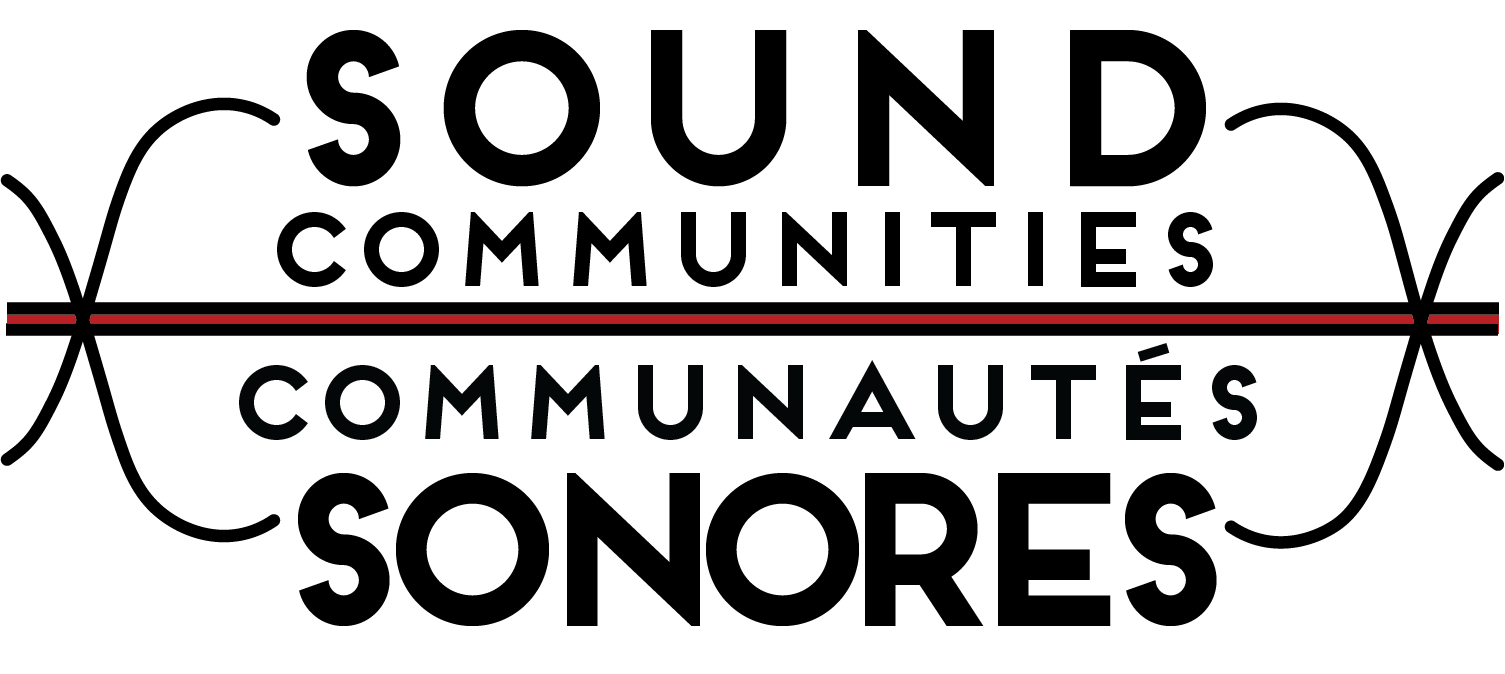

What is the bandura?
Where did it originate?
Where do people play it now?
How do bandurists use their music to share their thoughts and feelings?
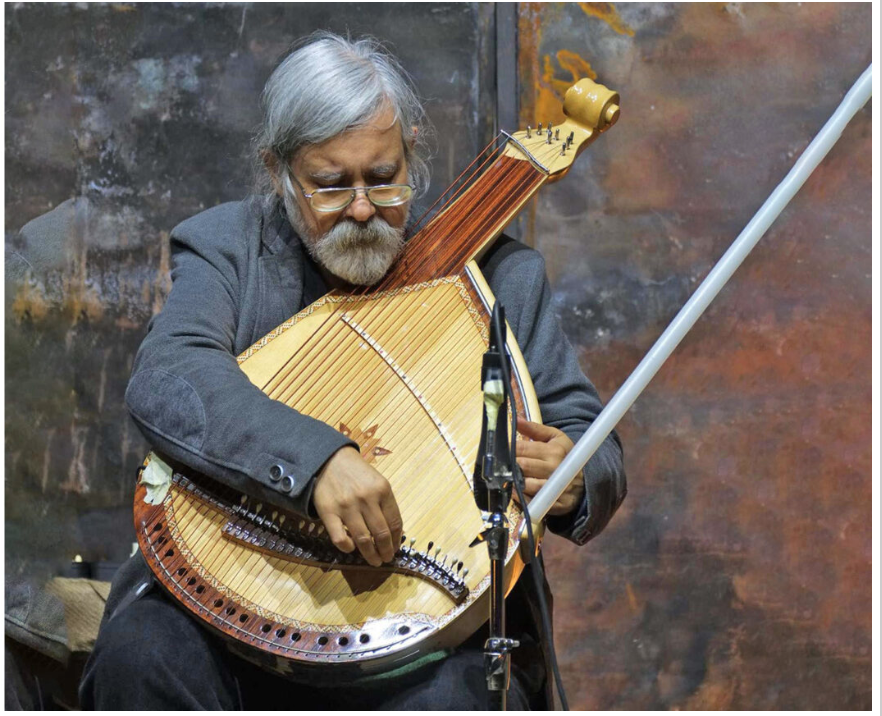
Julian Kytasty with Kharkiv Bandura, unknown photographer. Courtesy of the artist.
Lesson 3: Ukrainian Bandura in Canada

Ukrainian Bandura in Canada

Introduction to the Bandura
30+ minutes
Component 1

Portrait of Kobzar Stepan Pasiuha, by Opanas Slastion, {PD-Art|PD-old-80}. Vernadsky National Library of Ukraine.




Introduction to the Bandura
What do you notice?
What do you wonder?




World Music Blog: Julian Kytasty on the Bandura Part 1, by Michael Shapiro. Live TV.
"As the harp is to Ireland, the bandura is to Ukraine"
What does this statement mean?


Old-style Bandura 1, by William Vetzal, CC BY-SA 3.0 DEED, via Wikimedia Commons.
Coat of Arms of Ireland, by Setanta Saki, CC-BY-3.0, via Wikimedia Commons.
Can you think of any other instruments that are important to a particular "place"?







"As the harp is to Ireland, the bandura is to Ukraine"


Steel Pans in Trinidad and Tobago, by Kip 1234, CC-BY-SA-4.0, via Wikimedia Commons.
Tablas, by Wilfredor, CC0, via Wikimedia Commons.
Ukulele, by Jasmin Campoya, via Pixabay.

Where is Ukraine?
The bandura originated in Ukraine.
Ukraine is a country in eastern Europe.
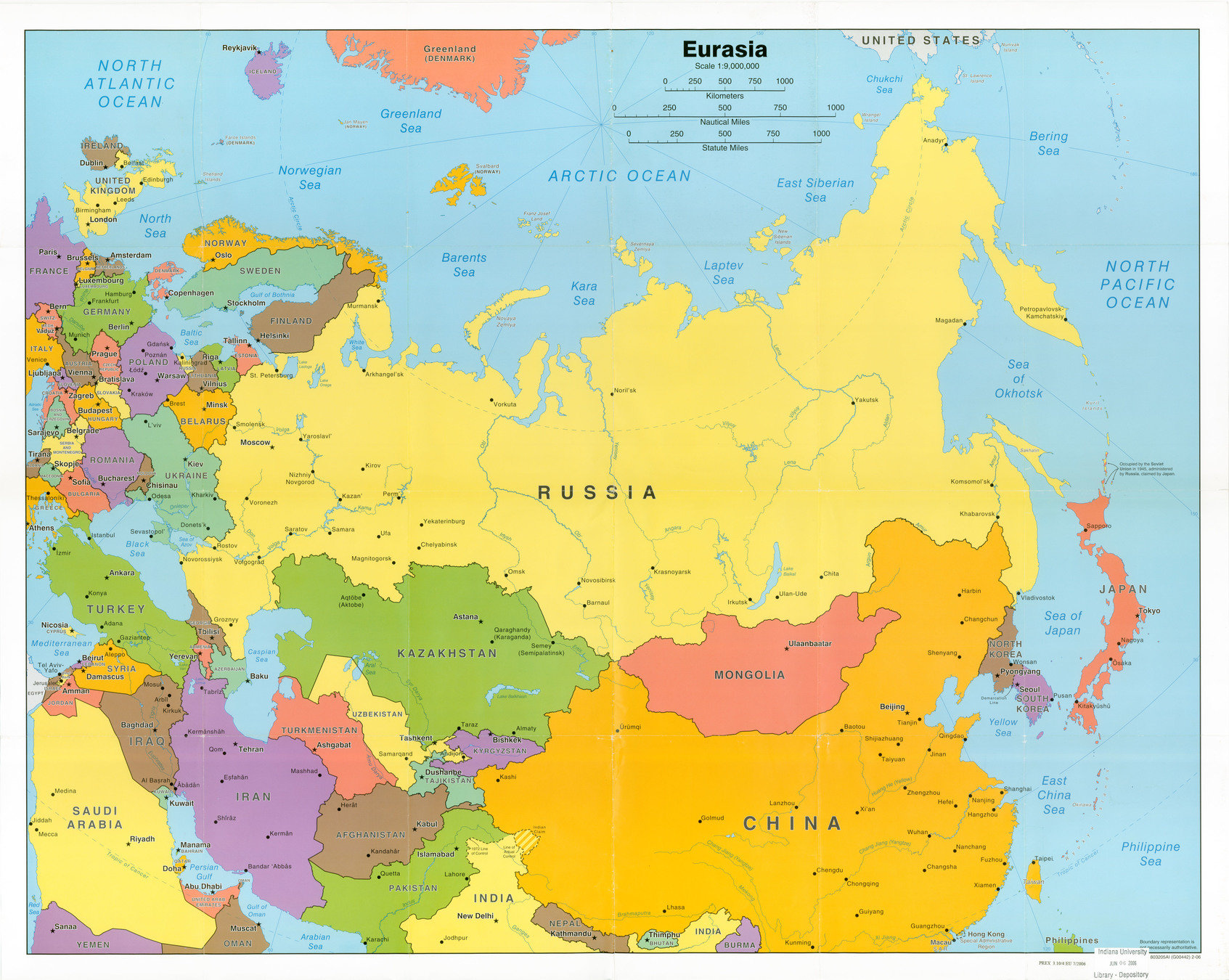
Eurasia, by the U.S. Central Intelligence Agency. University of Texas Libraries.





Bandura Basics
Three varieties are pictured here.
Banduras are plucked chordophones (an instrument with strings).

Julian Kytasty with Kharkiv Bandura. Courtesy of the artist.
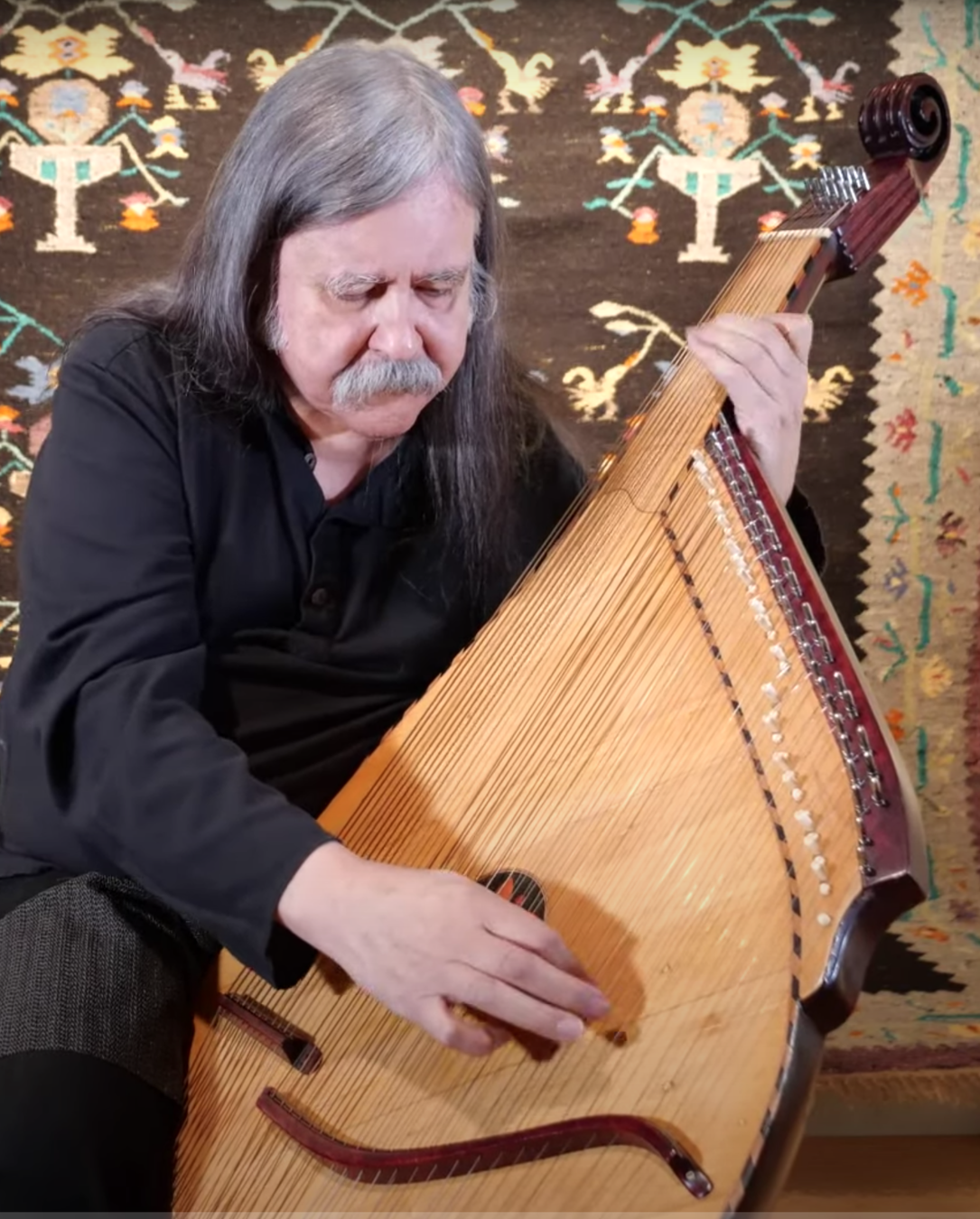
Julian with Kyiv Bandura, video still from the Library of Congress.
Julian Kytasty with Old-style Bandura, video still from the Library of Congress.




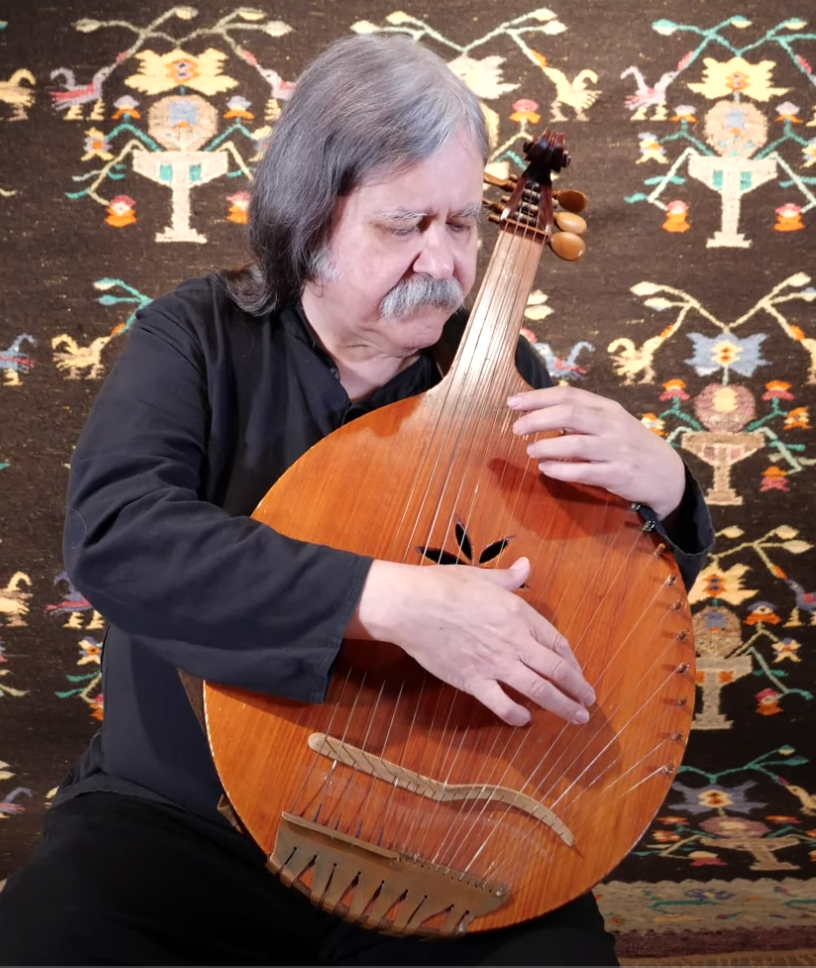
Old-Style Bandura




Bandura: Early History

Cossack the Bandura-player, by unknown painter. {PD-Art|PD-old-100}, National Art Museum of Ukraine.
Stringed instruments resembling the bandura date back to 500 C.E. That's 1,500 years ago!
During the Middle Ages (year 500–1500)




Greek scholars wrote about warriors from Ukrainian territories who played them.
These instruments became popular in the courts (royal music).
They were often used to accompany singing and dance.
19th Century: Kobzari
Musicians who played banduras during the 19th century (1800s) were called:
Kobzar and Child, unknown photographer. Centre for Sound Communities.
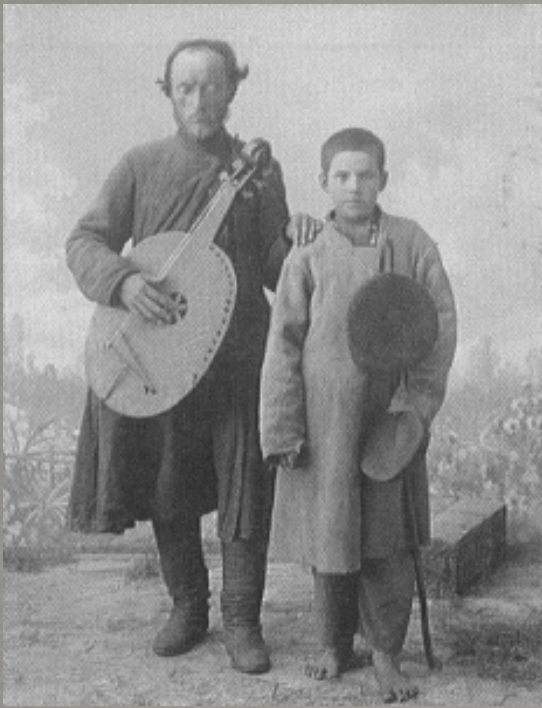
kobzar
(singular)




kobzari
(plural)
What is happening in the photograph?

Old-Style Bandura




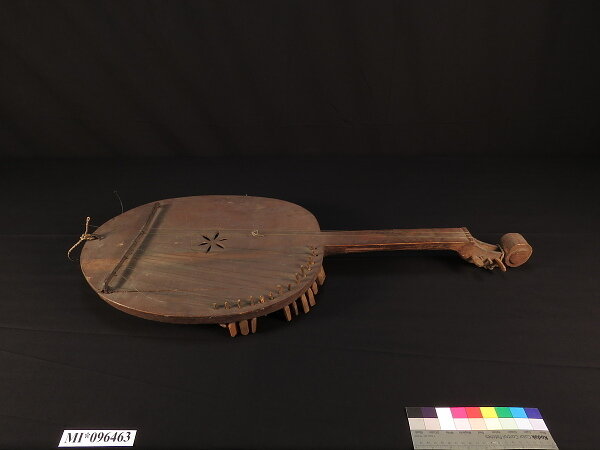
Bandura, unknown maker. National Museum of American History.
Julian's replica
Made in Ukraine in the 19th century
The Kobzar Tradition: The Instrument
Used to accompany songs
20 or 21 strings
Easy to play without looking





Julian Kytasty Live at Cape Breton University, by Jordan Zalis. Centre for Sound Communities.
Connection: Accessibility and Music
Many cultures have had music traditions and instruments dominated by blind musicians. For example:
Henri Vasson on Hurdy Gurdy, by Giles Aguettant. Folkways Records.




Hurdy-Gurdy
Biwa
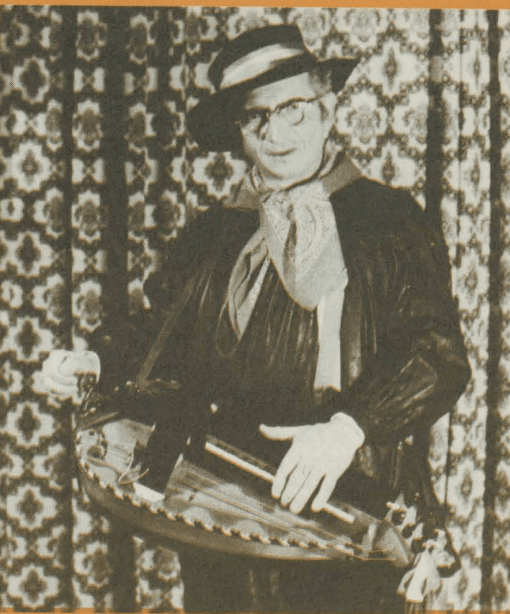

Benzaiten (Benten), by Kawanabe Kyōsai 河鍋暁斎. National Museum of Asian Art.
The Kobzar Tradition: Epic Songs
Sometimes, kobzari used their instruments to tell epic stories through song.
What is an epic song?





World Music Blog: Julian Kytasty on the Bandura Part 2, by Michael Shapiro. Live TV.
Connection: Song Tales
Can you think of other epic songs or poems that tell a compelling tale of a person or event?




1
2
3
"John Henry," by Pete Seeger
"The Edmund Fitzgerald," by Larry Penn
"Springfield Mountain," by Woody Guthrie, Sonny Terry, Cisco Houston, and Bess Hawes
The bandura is versatile!
kobzari played many other types of music.
In addition to epic songs,





What other types of songs do you think they played?
Listening Activity: What is the intent of each song?
Listen to a clip from each embedded track.
Can you guess the intent of each song? Epic song? Humorous? For dancing?
1
2
3





Listening for Lyrical Meaning
Although this song originated long ago, its message is universal and still relevant today.
What is the main message of the lyrics?




20th Century: Bandura Moves into the City
At the beginning of the 20th century, the bandura also started to become popular in Ukrainian cities.
People began to experiment with new sounds and techniques, and started to play in groups (ensembles).





The State Exemplary ("Зразкова") Bandurist Kapella, unknown photographer. Ukrainian Bandurist Chorus of North America Archives.
Kyiv and Kharkiv, Ukraine
Can you locate Kyiv and Kharkiv on a map of Ukraine?





Ukraine (Small Map), by the U.S. Central Intelligence Agency. University of Texas Libraries.
Music and Cultural / National Identity
Why?




Music
Cultural / National Identity
Persecution
Does music help you maintain your cultural and/or national identity?
Ukrainian Flag on Musical Note, Illustration 234820765 © Machnata | Dreamstime.com.
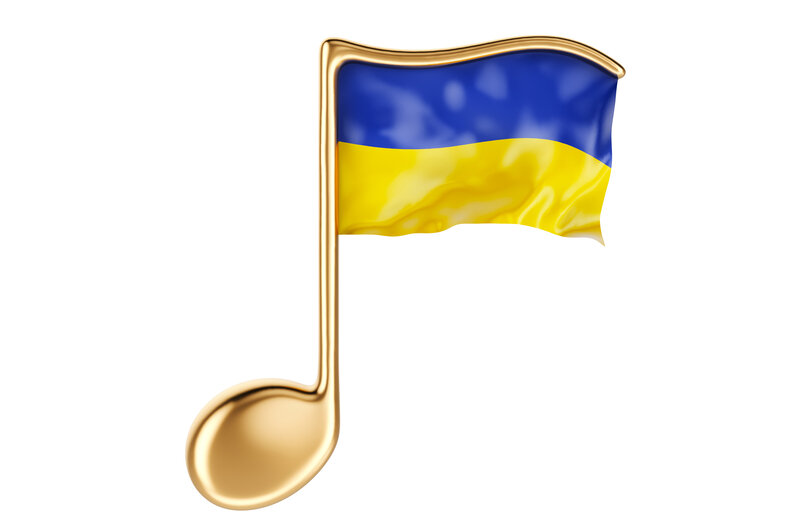
Music and Resiliency
Resiliency






Language
Music
Art
Literature
Poetry
Migration and Culture
Why do people migrate?

Why have Ukrainians (especially musicians and artists) had to migrate?




World Map with Musical instruments, Illustration 149147996 © cienpies | iStock by Getty Images.
What do people take with them?
What happens to music when people travel?
Does migration "change" music traditions? Why, and in what ways?
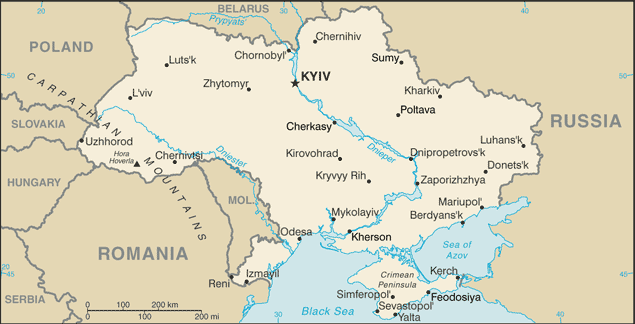
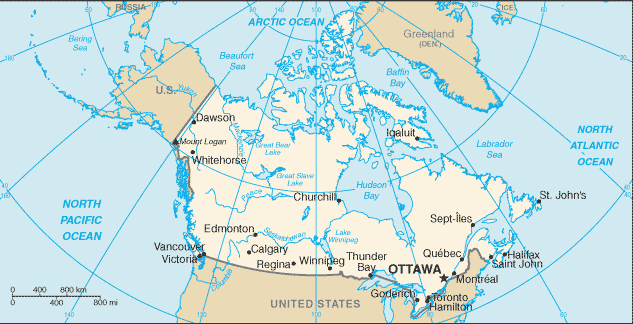
Ukraine
Canada
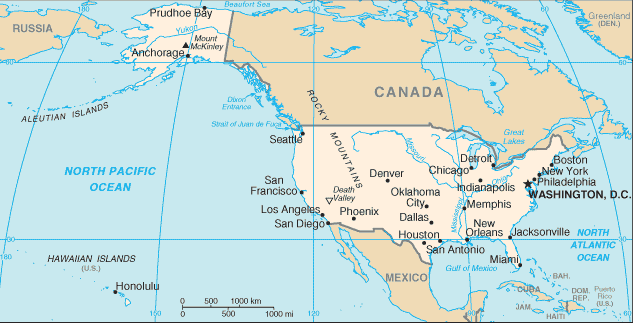
United States
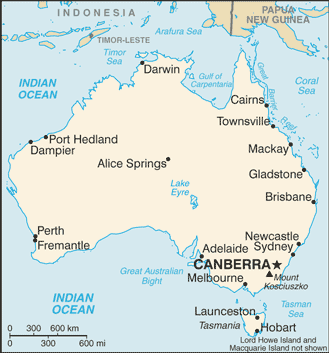
Australia




What is the difference between migration, immigration, and emigration?
All maps by the U.S. Central Intelligence Agency. University of Texas Libraries.
Artist Spotlight: Julian Kytasty
Julian Kytasty

Interestingly, Julian did not grow up in Ukraine... he was born in Detroit, MI, and later moved to Canada.
Why do you think Julian learned to play bandura as a child growing up in North America?




Music as Family Tradition
Have you (or has someone you've known) been encouraged to learn an instrument because it was a family tradition?




Homegrown Plus Premiere: Ukrainian American Bandura Master Julian Kytasty, produced and edited by Andrew Calwell. Library of Congress.
Julian's Family Immigration Story
Julian's grandfather and great uncle were professional bandurists in Ukraine.
During World War II, they were some of the musicians who were forced to leave Ukraine.
After the war, they had the opportunity to enter the United States as refugees.
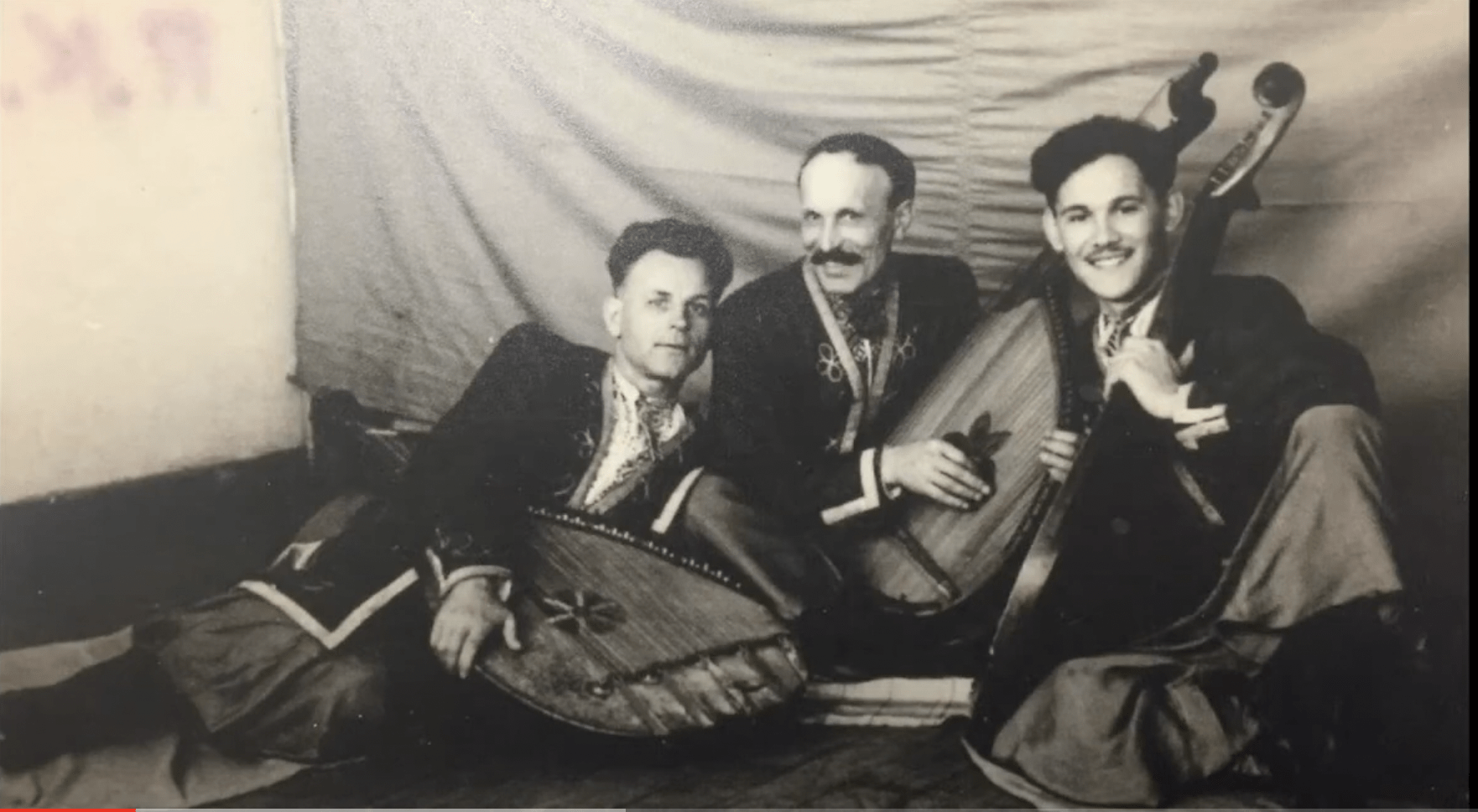
Julian's Great Uncle, Grandfather, and Father, ca. 1948–1949, unknown photographer. Courtesy of Julian Kytasty.




More about Julian's Family History





Music travels ... when people travel!
Today, Julian travels all over the world to perform bandura concerts and teach workshops because he is passionate about sharing this cultural tradition with others.
What similarities do you notice between Julian's life and the life of a nineteenth century kobzar?





Julian with Bandura, Coffee, and Wall Projection, by Waldemart Klyuzko. Library of Congress.
Songs of Truth
Even though blind kobzari no longer wander the countryside of Ukraine, this album reminds us how alive, vibrant, creative, and meaningful their music still is.

On his album, Songs of Truth, Julian highlights music and songs from the kobzar tradition.




Songs of Truth, by Darene Roma Yavorsky. The Centre for Sound Communities.
Bandura in Canada: Ukrainian Diaspora
The bandura remains an important and meaningful cultural symbol—both in Ukraine and for members of Ukrainian diasporic communities.
The term diaspora describes a community of people who strongly identify with a homeland, but live outside of it.
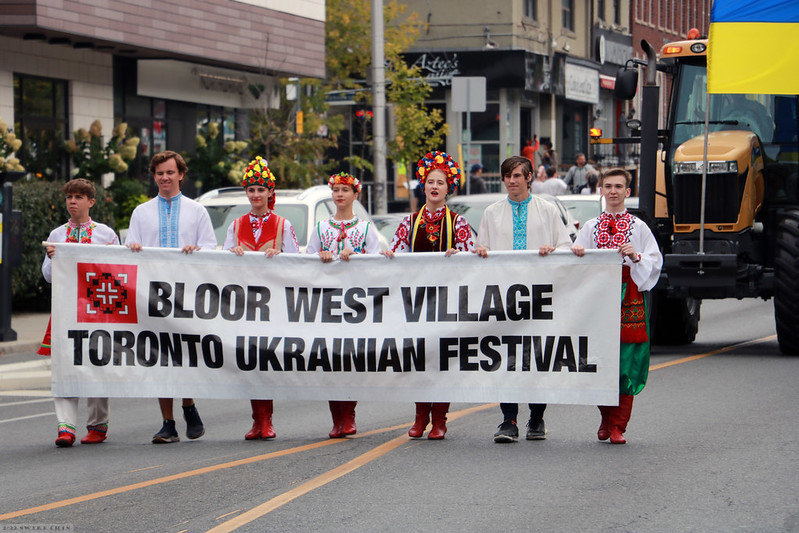




Leading the Toronto Ukrainian Festival 2022 March, by Can Pac Swire, CC BY-NC 2.0 DEED, via Flickr.

100 Hyrvnia 2005 Bank Note, PD, via Wikimedia Commons.
Bandura in Canada: The Next Generation




Ukrainian Bandura Summer Camp, unknown photographer. The Institute for Community Research.
Did you know? There are public and private schools in Alberta, Manitoba, and Saskatchewan that offer bilingual programs, allowing students to learn the curriculum in both English and Ukrainian.
Additional cultural learning opportunities in North America include learning to play the Ukrainian bandura through community enrichment programs (often held on Saturdays), music schools, and summer camps.

Optional Activity: Review Terms

Challenge Time! Let's see if you can match these terms to their definitions.
kobzari
Lone, often blind, traveling musicians
resilience
persecution
When people are purposely treated with hostility or harassed
The ability to withstand or recover quickly from difficulties
urban
Relating to the countryside rather than the town
emigration
Leaving one's country to settle permanently in another one.
immigration
migration
When people come to live permanently in a different place
When people move from one geographic region to another
refugee
rural
diaspora
A person who has been forced to leave their country
A community of people who strongly identify with a homeland, but live outside of it
The region surrounding a city
Learning Checkpoint
- What is bandura and where/when did this tradition originate?
- Who were kobzar/kobzari and what different types of songs did they play?
- Why and how do music traditions travel and establish themselves in new places?
- How do members of Ukrainian diasporic communities sustain the bandura tradition in Canada and beyond?




End of Component 1: Where will you go next?





Sounds of Bandura

20+ minutes

Component 2






Three Banduras, by Waldemart Klyuzko. Courtesy of Julian Kytasty.
Bandura: Attentive Listening

Make a list about some things you see/hear, related to:
- playing position and techniques, timbre, scale/tuning, role of instrument, etc.
Watch and Listen
Homegrown Plus Premiere: Ukrainian American Bandura Master Julian Kytasty, produced and edited by Andrew Calwell. Library of Congress.
Artist Spotlight: Julian Kytasty
Julian Kytasty

... was born in Detroit, MI, and later moved to Canada.




His grandfather and great uncle were professional bandurists in Ukraine.
He began playing bandura at an early age because it was a family tradition.
Now, he is known as one of the world’s premier players of the bandura.
Playing Position

Bandura playing position can vary from one musician (and instrument) to the next.
In the video you just watched, Julian rests the base of the bandura atop his thighs, while the back of the instrument leans on his upper body.
The instrument itself is asymmetrical (the neck is off-center).

Julian Kytasty with Old-style Bandura, video still from the Library of Congress.
Timbre

The timbre of the bandura is gentle. It has similarities to the lute and zither, which both have strings that are plucked. It's sound resembles that of a harpsichord.
Listen to the sound of a harpsichord.
Do you notice similarities in timbre?
From L to R: Lute; German Zither; English Single Manual Harpsichord, unknown makers. All images from the National Museum of American History.



La Capricciosa - Theme and Thirty-One Variations for Harpsichord, by Dietrich Buxtehude
Zither

A zither is a type of instrument with many strings stretched across a thin, flat wooden body.

"Wohlauf Noch Getrunken," by Erika and Elsa Vopel
The zither shown here uses a fretted fingerboard.
It is played by plucking the strings while it lies flat on a table or the performer's lap.
Lute

Lutes can be fretted or unfretted and can be plucked or strummed.

"Hoert ihr Herrn - Hear Ye, Kind Sirs," by Wolfgang Roth
A lute is a pear-shaped stringed instrument with a deep round back.
The strings, which are attached to pegs or posts at the top of the neck, can be tuned by tightening or loosening the tension.
Tuning and Scale

"Song of Truth," by Julian Kytasty

D Natural Minor Scale Chart, by Jennifer Mellizo. Smithsonian Folkways Recordings.
The song Julian played was based on the d minor scale.
The type of bandura Julian used in the previous video is tuned diatonically.
Instrument Techniques: Basy and Prystrunky

A bandurist plays both basy (bass strings) and prystrunky (treble strings).
The basy strings are located on the neck and the prystrunky strings are located on the body of the instrument.
Strings are plucked to produce the sound.

Old-style Bandura 1, by William Vetzal, CC BY-SA 3.0 DEED, via Wikimedia Commons.
Listen for Basy and Prystrunky

Can you see and hear both the basy and prystrunky?
Which hand does Julian use for each?
Julian Kytasty Live at Cape Breton University, by Jordan Zalis. Centre for Sound Communities.
Chords vs. Melody

Chord: multiple notes played at the same time.
Melody: a sequence of single notes.
Arpeggio: when the notes in a chord are played in succession.
Because of the presence of basy AND prytrusky, bandurists can play the chord structure and melody at the same time.

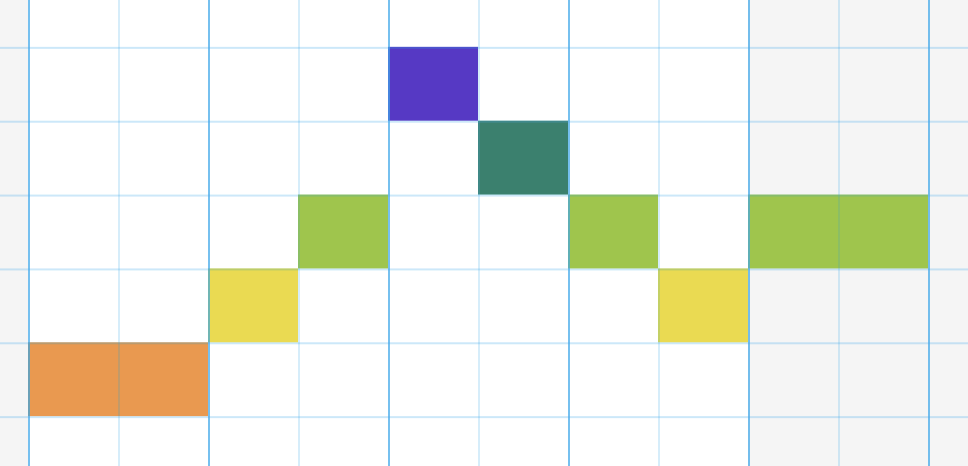
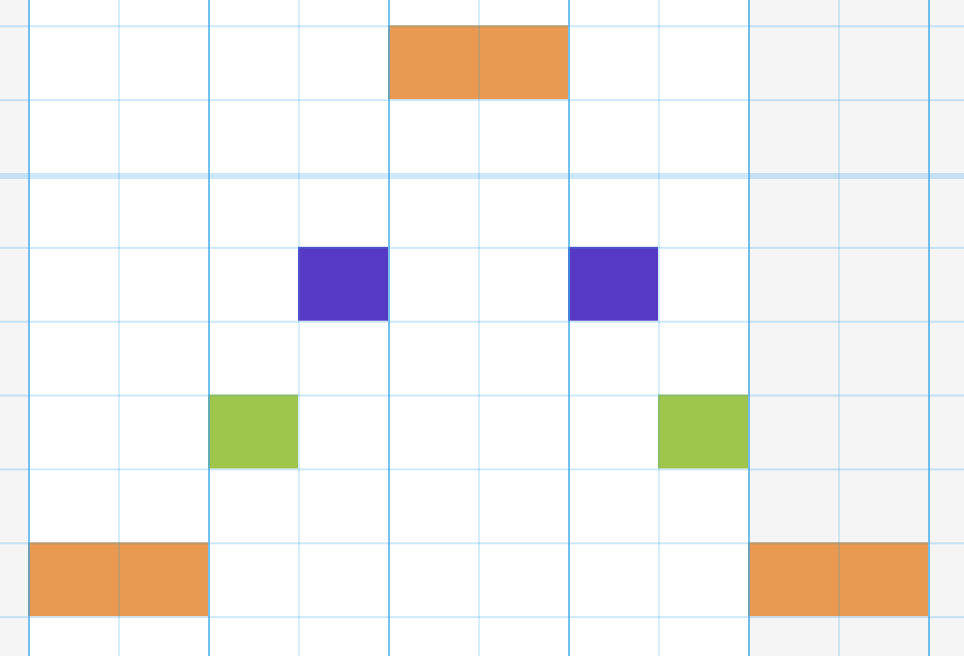
Melody
Chord
Arpeggio
Musical Notation Grid Made with Chrome Music Lab Song Maker Feature, by Jennifer Mellizo. Smithsonian Folkways Recordings.
d
d
d
d
d
f
f
f
f
f
f
g
a
a
a
a
e
e

Different Types of Bandura
In Component 1, we learned that there are several different varieties of bandura. Three are pictured here. Which one have we been learning about?



Julian Kytasty with Old-style Bandura, video still from the Library of Congress.
Julian Kytasty with Kyiv Bandura, video still from the Library of Congress.
Julian with Kharkiv Bandura, unknown photographer. Courtesy of the artist.
About the "Old Style" Bandura

Historically played by kobzari
Songs only have a few chords
Has between 20–24 strings
World Music Blog: Julian Kytasty on the Bandura Part 2, by Michael Shapiro. Live TV.
The "Old-Style" Bandura in Context

What do you notice?

Tuning?
Chords?
Techniques?
Melody?
Role of the instrument?
Mood?
Structure?
About the Kyiv Bandura

It is larger, has many more strings, and is tuned chromatically.
The Kyiv bandura developed in the capital city of Kyiv in the early 20th century as a "concert-style" version of the instrument.
Kyiv, Ukraine

Can you locate Kyiv?

Ukraine (Small Map), by the U.S. Central Intelligence Agency. University of Texas Libraries.
Kyiv Bandura in Context

What do you notice?

Melody?
Mood?
Techniques?
Purpose?
Role of the instrument?
Tuning?
Structure?
About the Kharkiv Bandura

The Kharkiv bandura developed in the city of Kharkiv in the 1920s.
It has more strings than the old-style but less strings than the Kyiv bandura.
Kharkiv, Ukraine

Can you locate Kharkiv?

Kharkiv Bandura in Context

What do you notice?

Rhythm?
Role of the instrument?
Innovations?
Techniques?

Learning Checkpoint
- What type of instrument is the bandura and how would you describe its timbre?
- What are basy and prystrunky?
- What are three distinct types of bandura, and what musical characteristics help to give them their unique character?
End of Component 2: Where will you go next?


"Truth" and Music

20+ minutes

Component 3


Songs of Truth, by Darene Roma Yavorsky. The Centre for Sound Communities.
"Song of Truth and Falsehood"

Watch/listen to Julian Kystasty's performance of "Song of Truth and Falsehood." This song was likely written in the late 17th century (long ago).
Do you think this song is still relevant today? Why?
Why do you think it is sometimes hard to tell the difference between "Truth" and "Falsehood"?
Homegrown Plus Premiere: Ukrainian American Bandura Master Julian Kytasty, produced and edited by Andrew Calwell. Library of Congress.
Connections: Truthfulness as a Core Value

Core Values Word Cloud, by Jennifer Mellizo. Smithsonian Folkways Recordings.
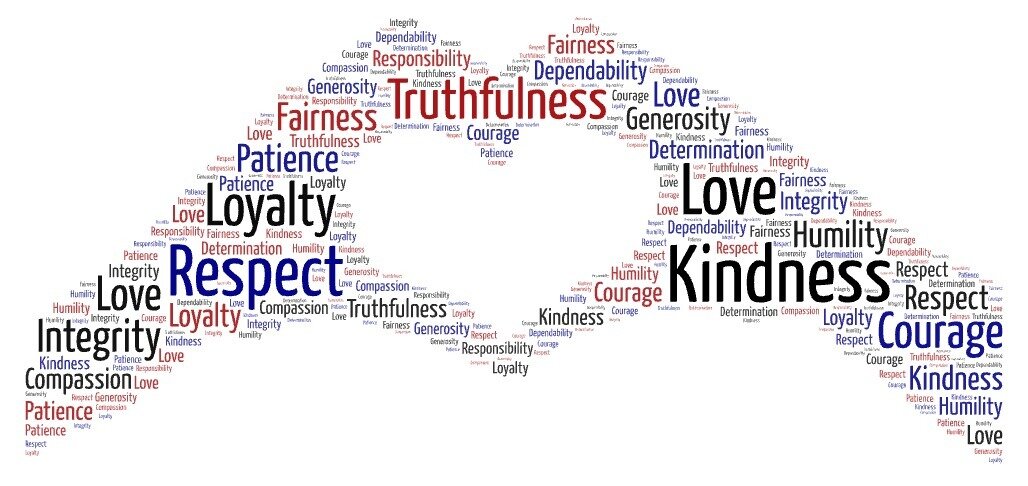
Historical Connections:
The Kobzar Tradition and "Truth"

Kobzari were Ukrainian traveling musicians (often blind) who would play and sing as they travelled from village to village, especially during the nineteenth century (1800s).
They used their music to pass on important lessons and cultural values ("truths"), even when it was dangerous for them to do so.

Portrait of Kobzar Stepan Pasiuha, by Opanas Slastion, {PD-Art|PD-old-80}. Vernadsky National Library of Ukraine.
The Kobzar Tradition: Epic Songs
Often, kobzari performed epic songs:
They used their instruments to tell epic stories through music.




World Music Blog: Julian Kytasty on the Bandura Part 2, by Michael Shapiro. Live TV.
The Continued Importance of Epic Songs

In this video, Julian discusses the importance and continued relevance of epic songs from the Kobzar tradition.
Julian Kytasty on Epic Songs' Continuing Relevance. Center for Traditional Music and Dance.
"Truth" and Music: Four Examples

Throughout history, musicians (from many cultures) have used music to express their "truth" and push back against what they perceived to be "false" narratives in society.
Explore some examples.
"500 Miles" - Sons of Membertou
"Waist Deep in the Big Muddy" - Pete Seeger / Kronos Quartet
"I'm Gonna Be an Engineer" - Peggy Seeger
"Quihubo Raza (What's Happening People)" - Agustin Lira / Trio Alma
Truth and Music, Example 1: "500 Years"


Sons of Membertou in 1995, by Barry Bernard. Courtesy of the artists.
What message does this song convey about truth?

Truth and Music, Example 2: "I'm Gonna Be an Engineer"
Peggy Seeger: Songs of Love and Politics, by Carol Hardy. Smithsonian Folkways Recordings.
What societal narrative does this song push back against?

Truth and Music, Example 3: "Quihubo Raza"
Agustín Lira and Alma - "Quihubo, Raza." Smithsonian Folkways Recordings.
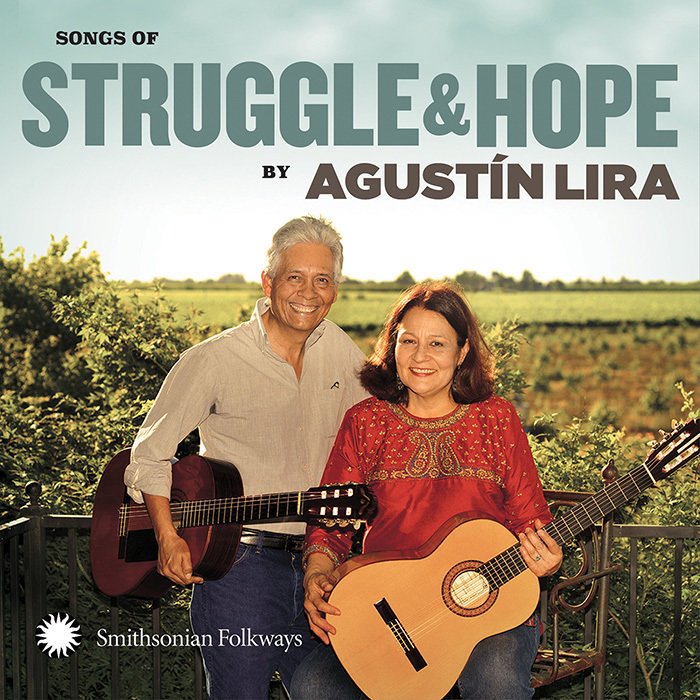
Songs of Struggle and Hope, cover art by Galen Lawson. Smithsonian Folkways Recordings.
What did Agustín Lira think about the Treaty of Guadalupe Hidalgo?

Truth and Music, Example 3: "Waist Deep in the Big Muddy"


What is this song about and whose narrative does it push back against?
Above: Kronos Quartet & Friends Celebrate Pete Seeger, cover art by Caroline Gut, Project Renate. Right: Pete Seeger, The Smithsonian Folkways Collection, cover art by Visual Dialogue. Smithsonian Folkways Recordings.
Creative Connections

In this video, Julian discusses the importance and continued relevance of epic songs from the Kobzar tradition.
Julian Kytasty on Epic Songs' Continuing Relevance. Center for Traditional Music and Dance.
How could you use music to share cultural traditions or spread an important message?
Take an action step!
Creative Connections

Can you think of any other songs that express truth or attempt to counter false narratives?
Take an action step:
- As a class, learn one of the songs you have identified and perform it at a concert.
Consider:
-
Could you take on the role of "kobzar"?
- How could you use music to spread an important message?

Creative Connections

Can you think of any other songs that express truth or attempt to counter false narratives?
Take an action step:
- As a class, learn one of the songs you have identified and perform it at a concert.
Consider:
-
Could you take on the role of "kobzar"?
- How could you use music to spread an important message?


Learning Checkpoint
- Although it was written long ago, why is "Song of Truth and Falsehood" still relevant today?
- What are some examples of songs that express "truth" or attempt to counter false narratives in society?
- How could you embody the role of "kobzar" in your own life?
End of Component 3 and Lesson 1: Where will you go next?


Continue to Lesson 4:
?




COMING SOON!
Lesson 3 Media Credits

Audio courtesy of
Smithsonian Folkways Recordings
Video courtesy of
Smithsonian Folkways Recordings
Library of Congress
Centre for Sound Communities, Cape Breton University
Michael Shapiro
Images courtesy of
Smithsonian Folkways Recordings
National Museum of American History
Library of Congress
National Art Museum of Ukraine
University of Texas Libraries Perry-Casteñeda Map Collection
Ukrainian Bandurist Chorus of North America Archives
Centre for Sound Communities, Cape Breton University
Julian Kytasty
Waldemart Klyuzko
Sons of Membertou
The Institute for Community Research

© 2022 Smithsonian Institution. Personal, educational, and non-commercial uses allowed; commercial rights reserved. See Smithsonian terms of use for more information.
For full bibliography and media credits, see Lesson 3 landing page.




